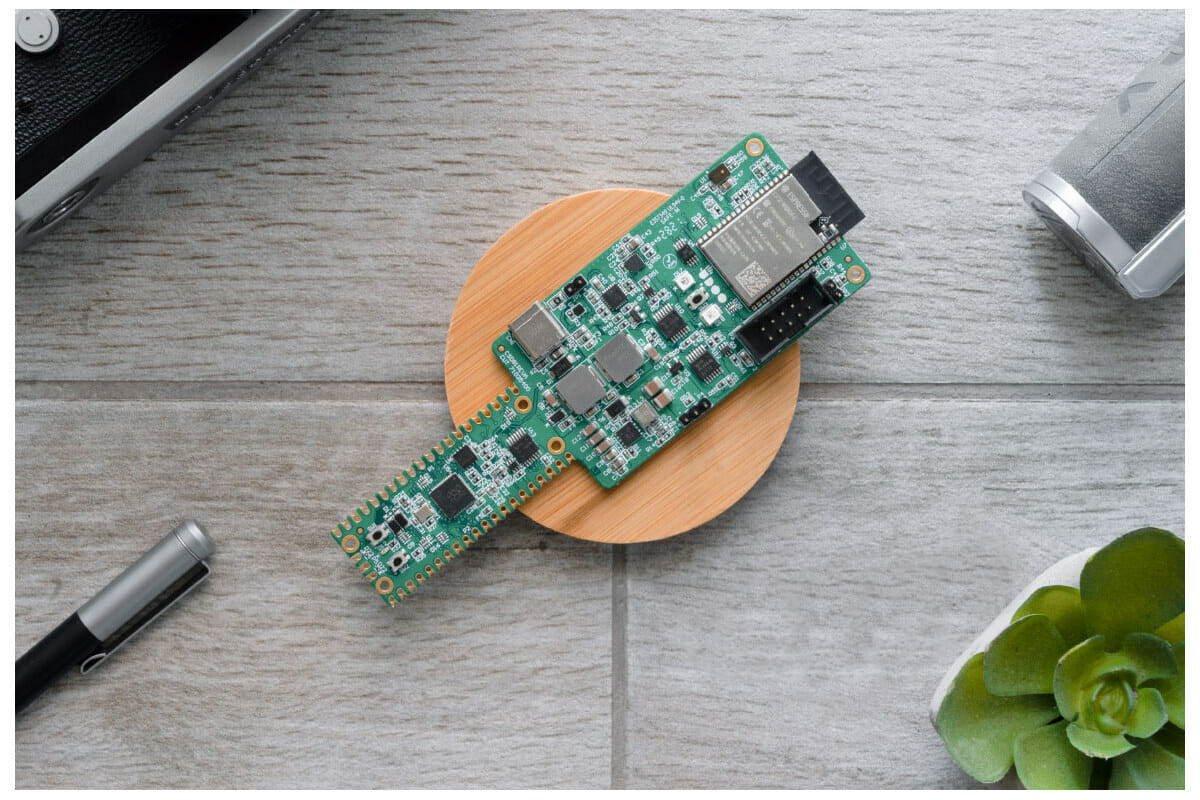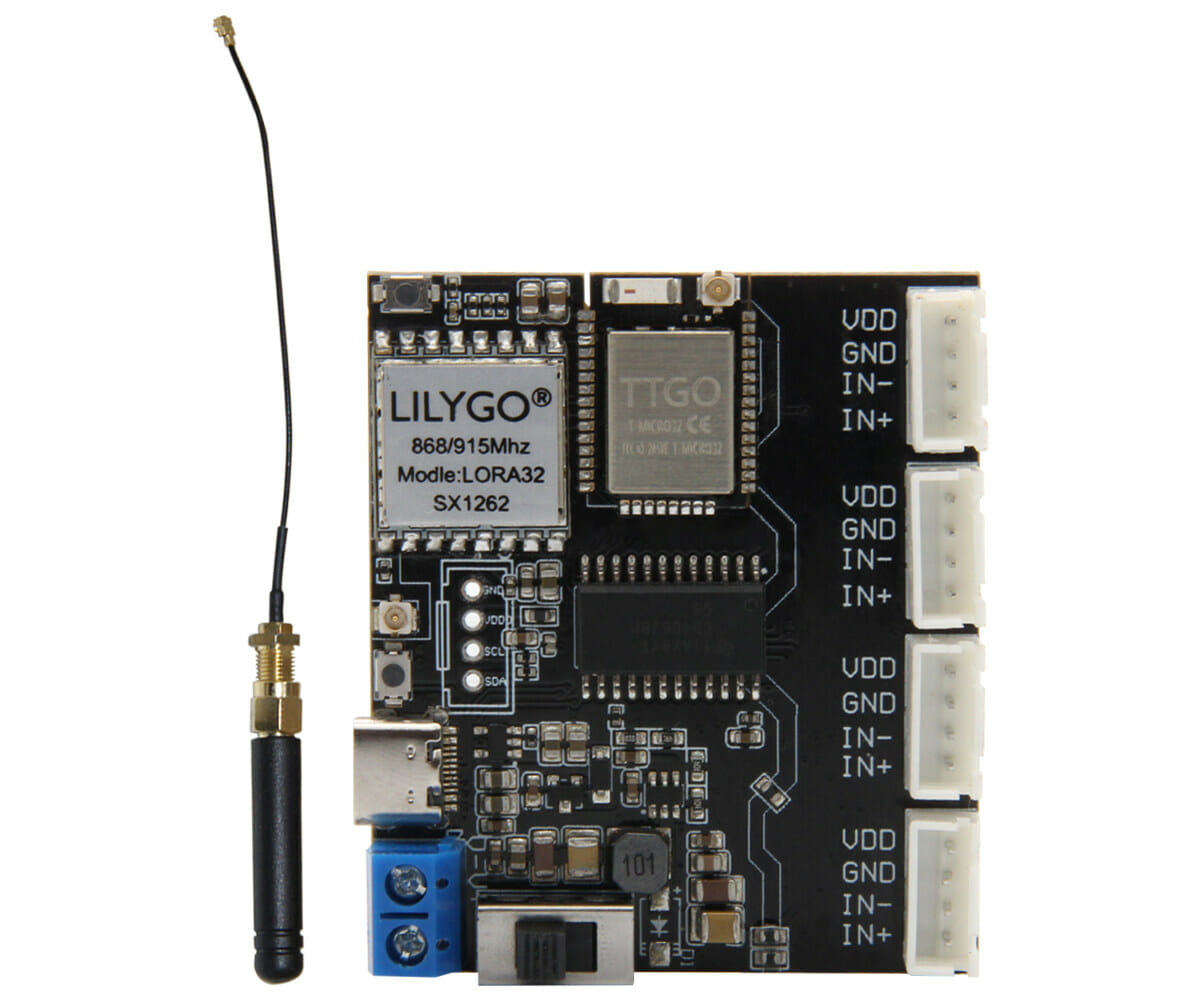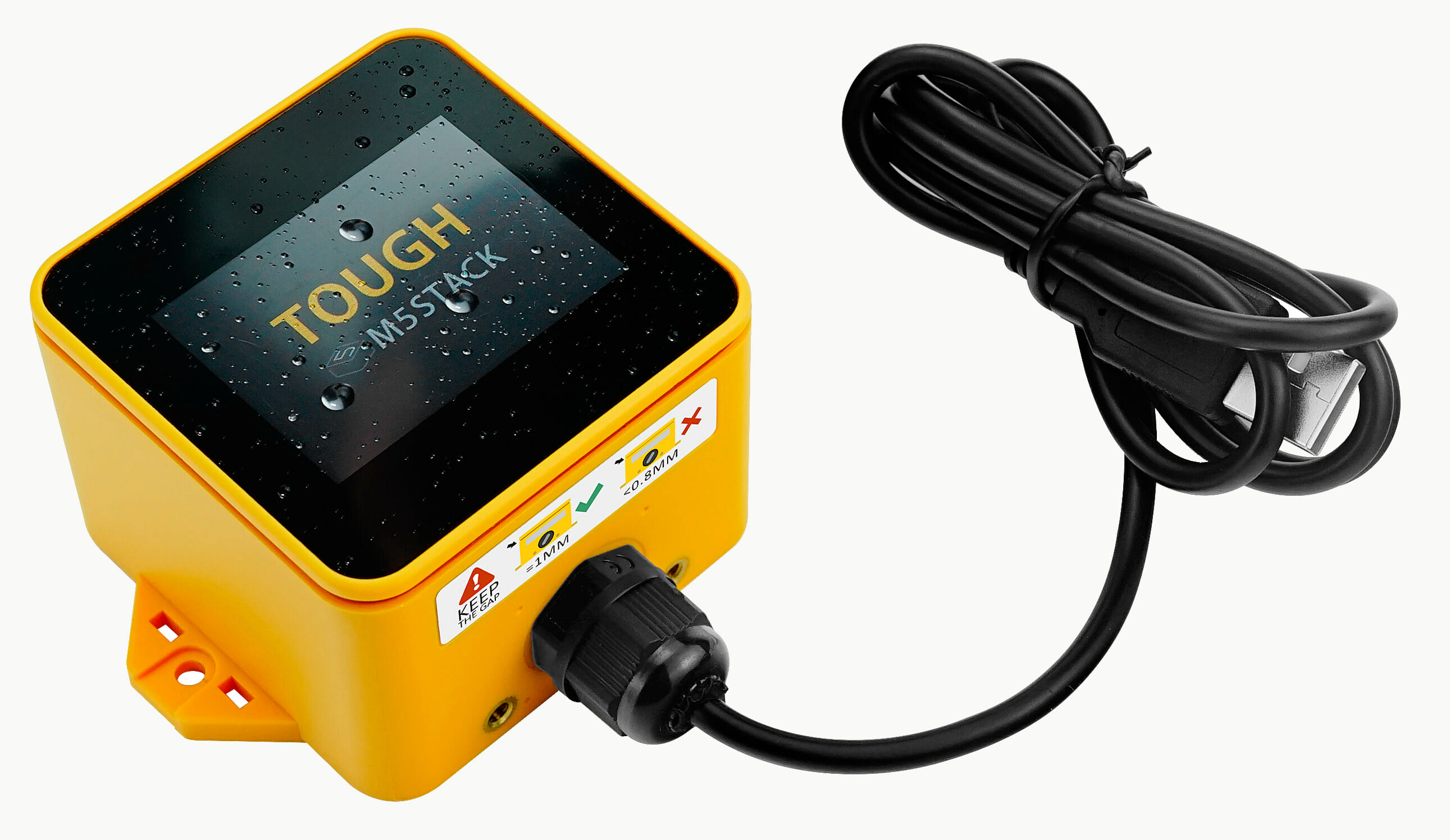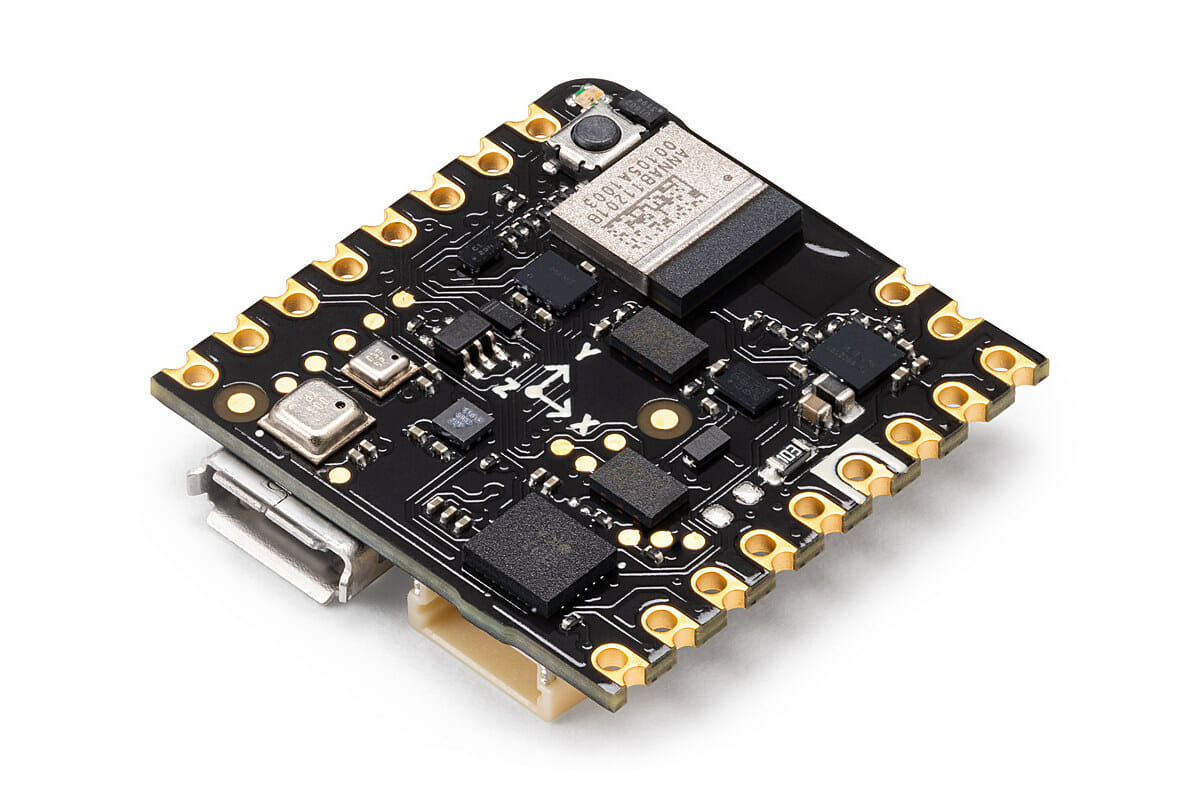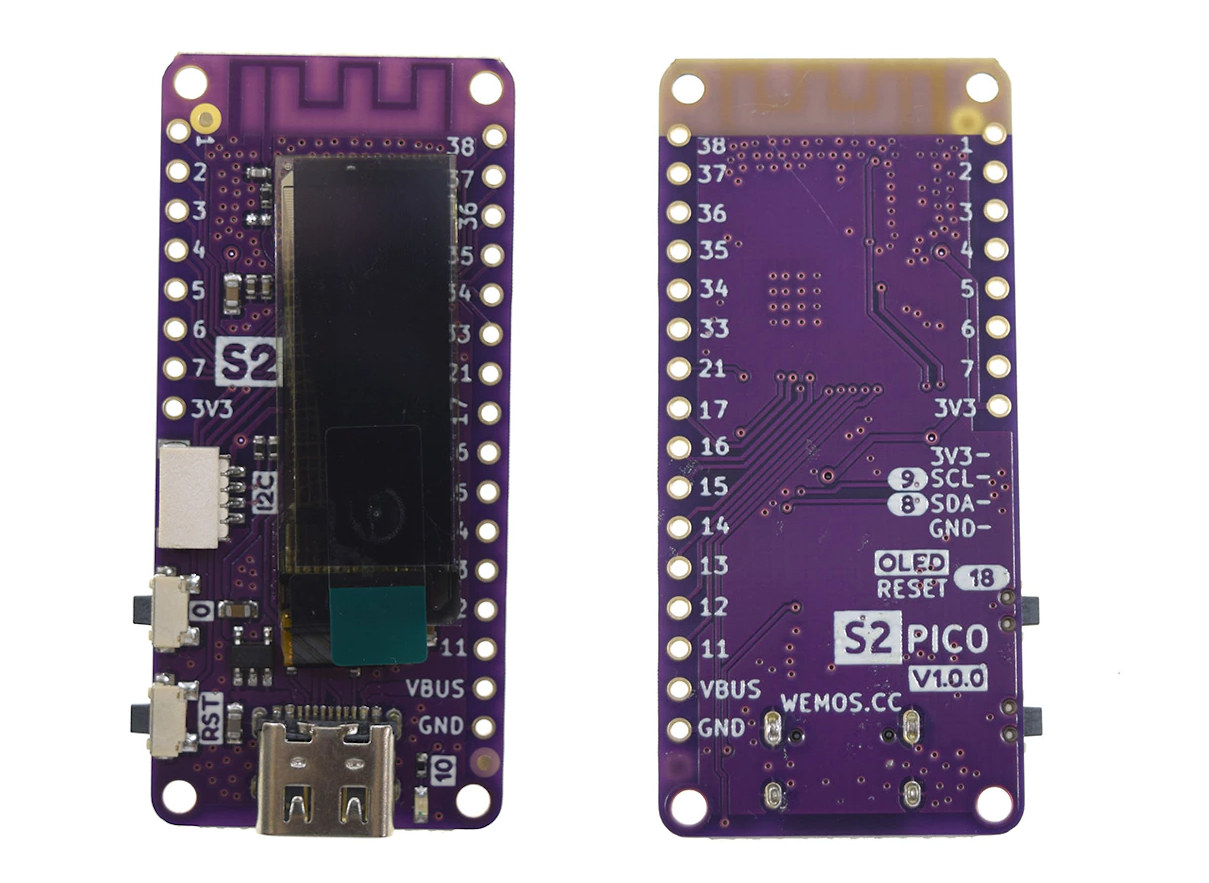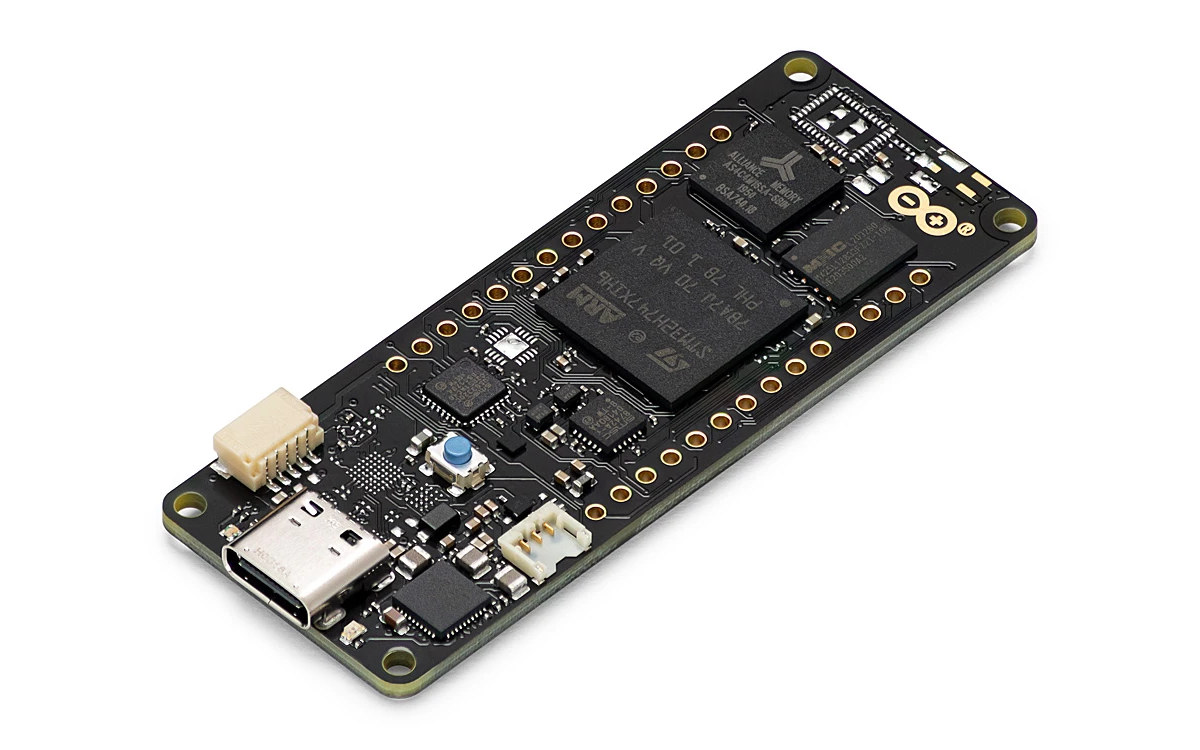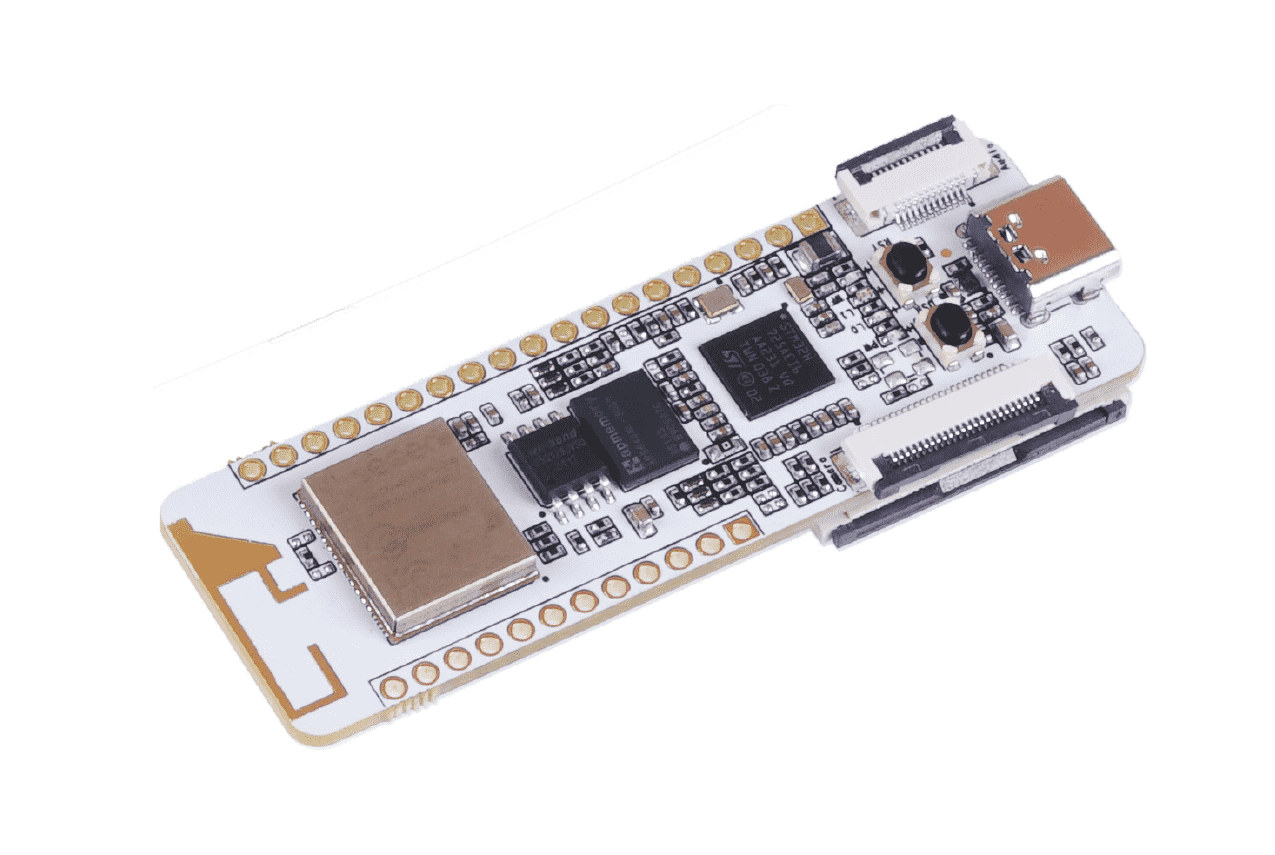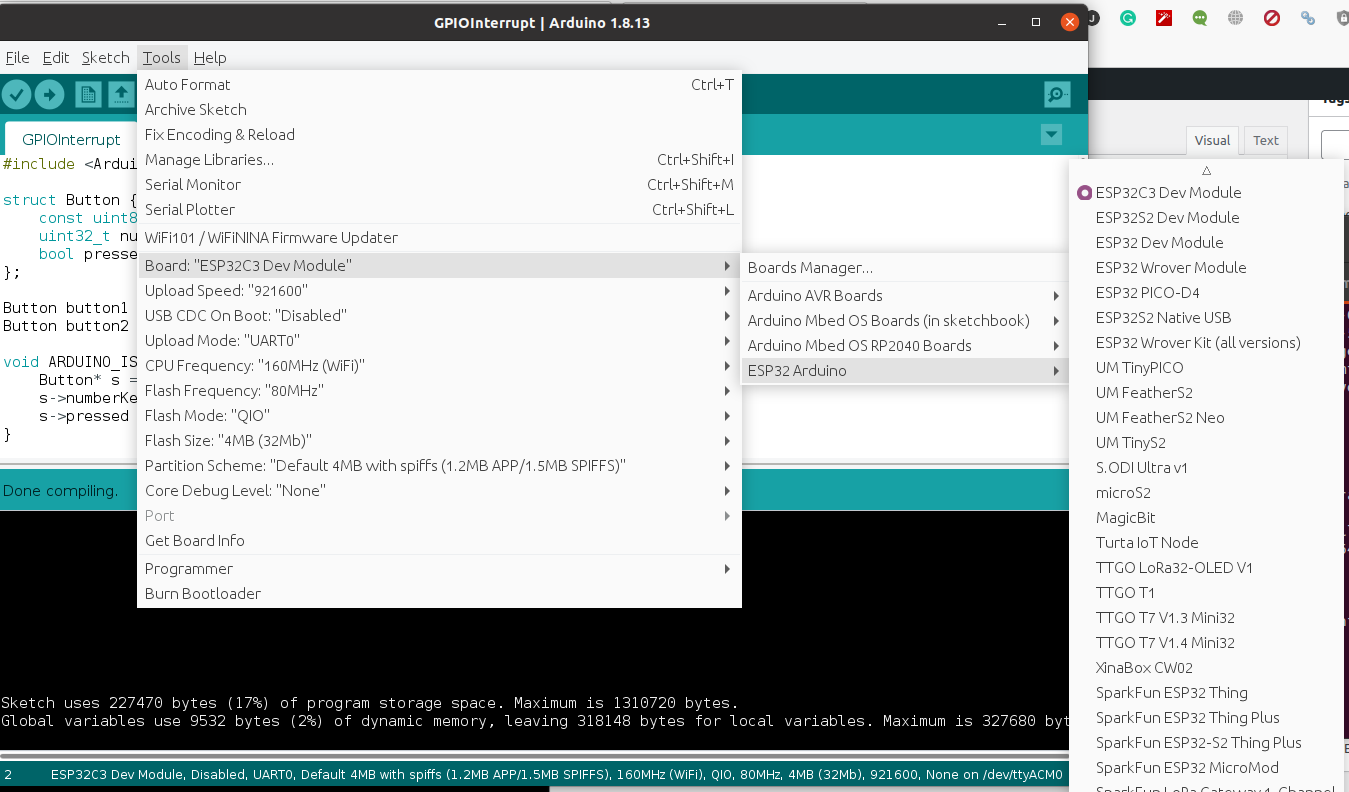UDOO is known for its x86 boards that embed an Arduino compatible MCU, but the UDOO KEY is different, as it does without an Intel or AMD processor, and instead, combines Raspberry Pi RP2040 microcontroller with Espressif ESP32 WiFi & Bluetooth WiSoC. As we noted in the past combining Raspberry Pi Pico/RP2040 with ESP32 does not make a lot of sense in most cases, but here’s the UDOO KEY will be offered for just $4 for the first 1,000 units, so they’ll basically throw the ESP32 for free since it’s the same price as one Raspberry Pi Pico, before eventually selling the device for $20. UDOO KEY specifications: MCU- Raspberry Pi RP2040 dual-core Arm Cortex-M0+ microcontroller @ 133 MHz with 264KB of on-chip SRAM Storage – 8MB QSPI Flash for RP2040 Wireless module – ESP32-WROVER-E with ESP32-D0WD-V3 dual-core WiFi + Bluetooth SoC, 16MB SPI flash, and 8MB PSRAM Sensor – […]
Build a LoRaWAN weighing scale with TTGO T-Weigh ESP32 board, HX711 modules
Ever wanted to build your own LoRaWAN connected weighing scale? Me neither, but apparently those types of products already exist for logistics and inventory management, and LilyGO’s latest ESP32 board – the TTGO T-Weigh – is designed for this exact purpose with a Semtech SX1272 based LoRa module, and four HX711 24-bit ADC chips. The board can handle up to four scales that transfer weight data over WiFi, Bluetooth or LoRaWAN, and should be useful in applications that require weighting goods or products where there are limited connectivity options including logistics, farming. TTGO T-Weigh specifications: Wireless modules TTGO T-Micro32 module based on ESP32-PICO-D4 SiP with ESP32 dual-core processor, 4MB SPI flash, 2.4 GHz WiFi 4 and Bluetooth 4.2/5.x TTGO LORA32 module based on Semtech SX1262 transceiver (EU868/US915)with -22 dBm Tx power, -148 dBm sensitivity, up to 62.5 kbps LoRa bitrate, up to 300 kbps FSK bitrate Antennas WiFi/Bluetooth – Ceramic […]
M5Stack TOUGH – A weatherproof ESP32 Industrial IoT controller
M5Stack has launched several ESP32 WiFi & BLuetooth IoT controllers with an integrated display such as M5Stack Core2. The latest model, M5Stack TOUGH, is a little different as it is rugged and waterproof/weatherproof with a UV resistant enclosure sealed with o-ring, and offering waterproof M12 connectors. With protection against solid objects, dust, sand, dirt, and water drops, as well as variety of installation options such as screw mount, rolled strip, magnetic and adhesive back, the M5Stack TOUGH is suitable for more demanding environments from kitchens to factory floors, and outdoor data acquisition. M5Stack TOUGH specifications: SoC – Espressif ESP32-D0WDQ6-V3 dual-core processor @ 240 MHz with 520 KB, 2.4 GHz WiFi, and dual-mode Bluetooth Extra RAM – 8MB PSRAM Storage – 16MB Flash, MicroSD card slot up to 16GB Display – 2-inch color LCD with multi-touch capacitive screen, 320×240 resolution, 853nit brightness; ILI9342C display driver and CHSC6540 chip Audio – NS4168 […]
Nicla Sense ME – Arduino PRO meets Bosch SensorTech’s motion and environmental sensors
Arduino is going full steam ahead with its Arduino PRO family of boards for industrial applications. After the announcement of the Portenta H7 Lite board earlier this month, the company has now introduced the Arduino Nicla Sense ME designed in collaboration with Bosch Sensortec. The Nicla Sense ME (Motion & Environment) board comes with a range of Bosch Sensortec sensors notably a 9DoF smart motion sensor and a 4DoF environmental sensor with AI capabilities, and targets industrial IoT applications either for research projects, rapid prototyping, or commercial products. Arduino Nicla Sense ME specifications: MCU – Nordic Semi nRF52832 Cortex-M4 microcontroller @ 64 MHz with 512KB Flash, 64KB RAM, Bluetooth 4.2/5.0 LE connectivity (via U-blox ANNA B112 module) Storage – 2MB SPI flash for storage; 2MB QSPI dedicated for BHI260AP Sensors BHI260AP motion sensor system with integrated AI, “Fuser 2” 32-bit Synopsys DesignWare ARC EM4 core with RISC FPU BMM150 magnetometer […]
LOLIN S2 Pico – A compact ESP32-S2 board with an OLED display
If you’re into small MCU boards with an integrated display, you’re in luck as LOLIN launched the S2 Pico board with ESP32-S2 and an OLED display about at the time same as LILYGO T-Display RP2040 board we covered yesterday. Wemos/LOLIN S2 Pico board offers WiFi connectivity, a 128×32 OLED display, USB Type-C port for power and programming, as well as the usual GPIO headers in a compact 50×23 mm form factor. LOLIN S2 Pico specifications: SoC – Espressif Systems ESP32-S2FN4R2 single-core Xtensa LX7 processor with 4MB flash, 2MB PSRAM, and WIFI connectivity only, i.e.no Bluetooth support Display – 128×32 OLED display based on SSD1306 driver USB – USB Type-C port for power and programming Expansion 16-pin + 8-pin headers with 21x GPIO with interrupt/PWM support, ADC, DAC, I2C, SPI, UART, USB OTG 4-pin I2C connector Misc – Reset and user buttons Power Supply – 5V via USB-C port Dimensions – […]
Portenta H7 Lite cost-optimized Arduino Pro board drops WiFi, USB-C video output, NXP secure element
Arduino Portenta H7 Lite is a cost-down version of Portenta H7 STM32H7 that shaves off a little over $30 of the Arduino Pro board by doing without a wireless module nor USB-C video output and opting for a lower cost Microchip ATECC608 secure element. Arduino says the new board provides a cost-optimized solution for companies developing high-end industrial machinery, laboratory equipment, computer vision, PLCs, robotics controllers, and mission-critical devices. Arduino Portenta H7 Lite specifications (with differences in bold or strikethrough): Microcontroller – STMicro STM32H747XI Cortex-M7 @ 480 MHz + M4 @ 200 MHz MCU with 2MB dual-bank Flash memory, 1 MB RAM, Chrom-ART graphical hardware accelerator System Memory – 2MB SDRAM (upgradeable up to 64MB) Storage – 16MB QSPI NOR Flash (Upgradeable up to 128MB) Connectivity 2.4GHz WiFi 802.11b/g/n up to 65 Mbps and Bluetooth 5.1 BR/EDR/LE via Murata 1DX module On-board 10/100M PHY Video I/F – MIPI DSI & […]
Wio Lite AI – An STM32H725A Cortex-M7 board for AI vision applications
Wio Lite AI is another development board from Seeed Studio’s “Wio Lite” family. The board is based on STMicro STM32H725A Cortex-M7 microcontroller with a dual-band WiFi and Bluetooth module, as well as camera & display interfaces for connected AI vision applications. The board builds upon the earlier Wio Lite and Wio Lite W600 boards with built-in wireless connectivity but offers much more processing power for computer vision or other applications. Wio Lite AI specifications: MCU – STMicro STM32H725AE Arm Cortex-M7 microcontroller @ 550MHz with DSP instructions, 512 KB flash, 564 KB RAM Memory – 8MB PSRAM (from AP Memory) Storage – 16MB SPI NOR flash and MicroSD card slot Display I/F – 40-pin FPC connector for LCD RGB565 or RGB888 displays Camera – 24-pin FPC connector for DCMI camera (OV2640) Audio – 12-pin FPC connector for audio Connectivity – Dual-band 2.4GHz / 5GHz Wi-Fi and Bluetooth 5.1 Expansion – Feather […]
ESP32 Arduino 2.0.0 release adds ESP32-C3 and ESP32-S2 support
As just noted in my article about LILYGO T-32C3 module, the ESP32 Arduino 2.0.0 release happened a few days ago adding ESP32-C3 and ESP32-S2 support to the Arduino IDE. But the news probably warrants its own post and it is a major release of the Arduino code for ESP32 that also includes other new features and changes namely: Upload over USB CDC. Support for the KSZ8081 Ethernet PHY. LittleFS update for partition label and multiple partitions. Added support for RainMaker. BLE 5 features for ESP32-C3 (ESP32-S3 ready). ESPTOOL update. Added 802.11mc WiFi RTT FTM (Fine Time Measurement) support. Online Documentation added (somehow it requires a login to Readthedocs). USB MSC (Mass Storage) and HID support (ESP32-S2 only). UART refactoring (SerialHardware). New examples, boards added, bugs fixed. You can find a more detailed changelog, including the exact files changes in the source code, on Github. If we want to give it […]


